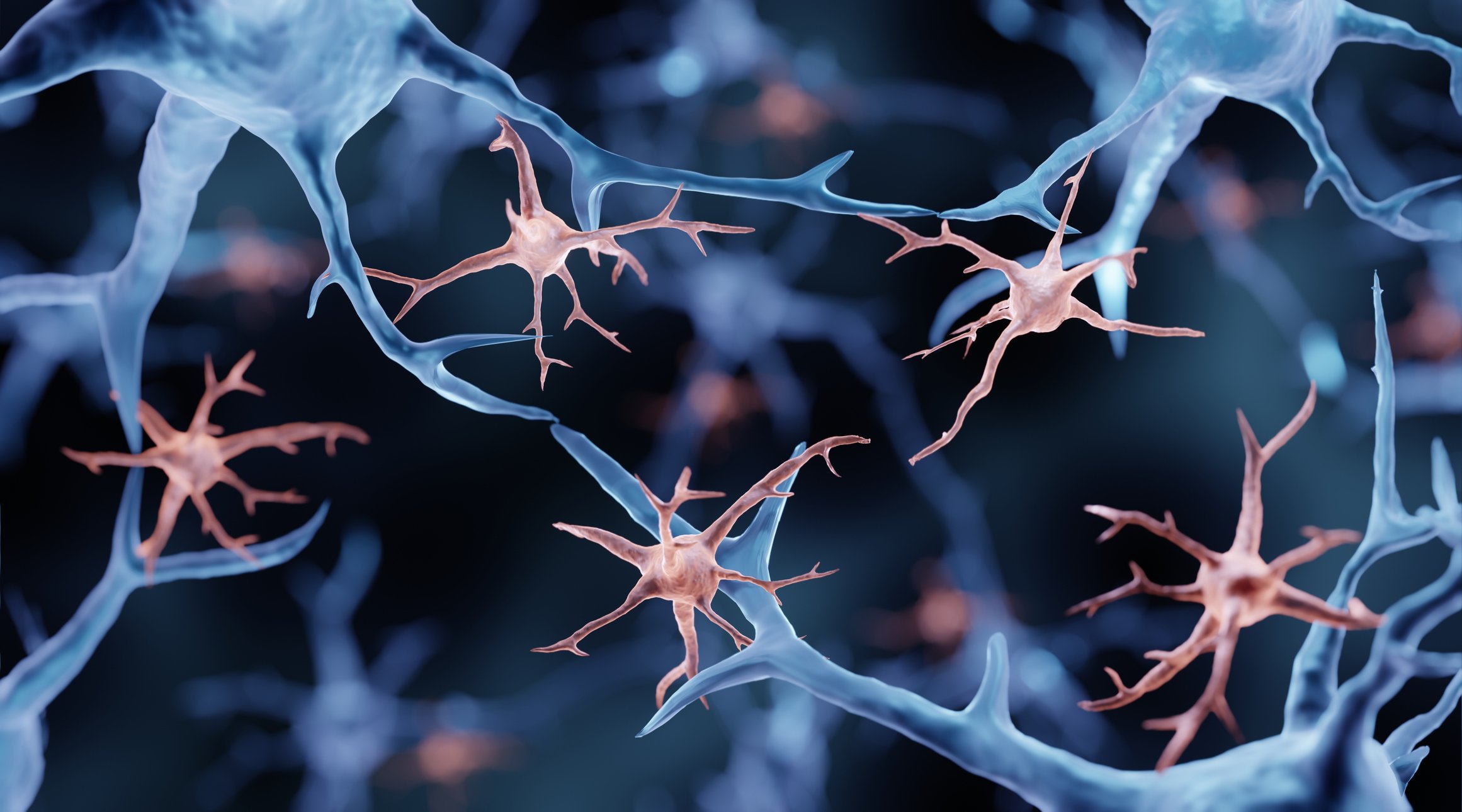Because data on the efficacy of pomalidomide in high-risk relapsed/refractory multiple myeloma populations are sparse, a phase II study set out to evaluate the agent in patients with GEP70 or GEP80 signatures. The final results were presented at the ASH Congress in New Orleans.
(ag) According to Saad Usmani, MD, Charlotte, there is little data to date on the efficacy of pomalidomide in high-risk relapsed/refractory multiple myeloma (RRMM) patients. “Currently, pomalidomide is approved by the FDA for the treatment of patients who have undergone more than two prior therapies including lenalidomide and bortezomib and have shown progression within 60 days of completing the last therapy,” he summarized. “Our evaluations [1] refer to a phase II clinical trial. In it, pomalidomide was studied in high-risk patients who were already taking lenalidomide or who were refractory to it.”
What does “high risk” mean?
High risk” was defined by elevated lactate dehydrogenase, presence of certain genetic factors that belong to the high-risk group according to gene expression profiling studies (namely GEP70 or GEP80 signatures), or abnormal metaphase cytogenetics.
Pomalidomide was administered orally at a dose of 4 mg (days 1-21 every four weeks). If this did not exceed partial response after two cycles, there was the option of adding dexamethasone and/or bortezomib and/or vorinostat. After four cycles and continuing to exceed partial response without success, cyclophosphamide could be added.
“The primary endpoint was progression-free survival at one year, and the secondary endpoints we looked at were overall survival, response rate and duration,” Usmani explained.
Targeted anti-myeloma activity
The study enrolled 71 patients with high-risk MM, a good half of whom were over 65 years of age. Cytogenetic abnormalities were present in 86%. 41% were considered GEP70 and 82% GEP80. Fully 96% had previously undergone autologous stem cell transplantation, and 42% had undergone more than two such procedures. On median, participants had completed five prior therapies. 82% were refractory to lenalidomide.
- At the time of data collection in July 2013, just over two-thirds of patients discontinued therapy, predominantly due to progression or death.
- Just over half of the patients received >6 cycles. Of these, 67% received dexamethasone as adjunct; 18% received bortezomib and dexamethasone; 12% received bortezomib, dexamethasone, and cyclophosphamide; and 3% received bortezomib, dexamethasone, cyclophosphamide, and vorinostat.
- 28% were able to exceed partial response with a median response duration of one month. Overall survival at one year was 63%, and progression-free survival was 13%. A slight benefit in progression-free survival was demonstrated for younger patients.
- The most common adverse events (>grade 3) were leukopenias (75%), thrombocytopenias (60%), anemias (44%), infections (26%), and hypophosphatemias (20%).
- Gene analyses showed that after pomalidomide treatment, IRF4, one of the targets of Cereblon (CRBN) recently described as critical for myeloma cell survival, was significantly downregulated. This suggests a unique CRBN-dependent anti-myeloma activity of the compound.
“Pomalidomide accordingly showed good activity in combination with other drugs in this heavily pretreated high-risk cohort,” Usmani concluded. “When one relates the efficacy to the very poor prognosis of these patients, one concludes that pomalidomide combined with other new agents should be strongly considered as the first-line choice for high-risk GEP patients.”
Source: 55th ASH Annual Meeting, December 7-10, 2013, New Orleans.
Literature:
- Usmani SZ, et al: Final Results Of Phase II Study Of Pomalidomide (Pom) In GEP-Defined High Risk Relapsed and Refractory Multiple Myeloma (RRMM). ASH Abstract #3191.
InFo Oncology & Hematology 2014; 2(2): 35-36.












